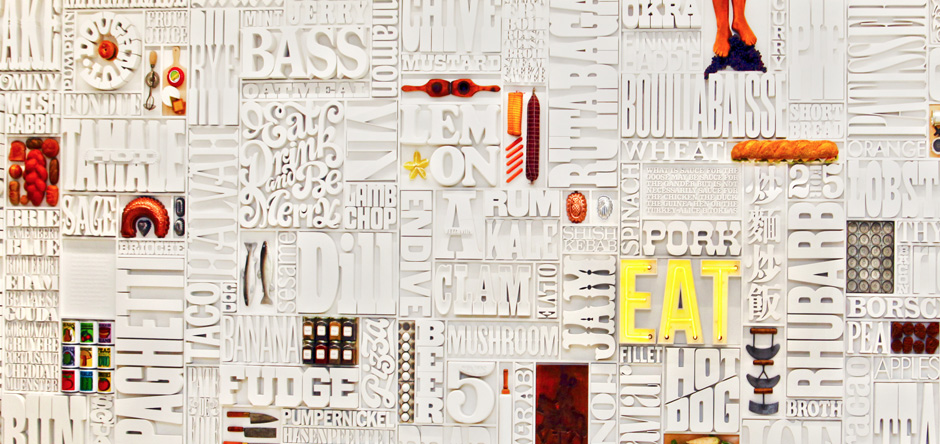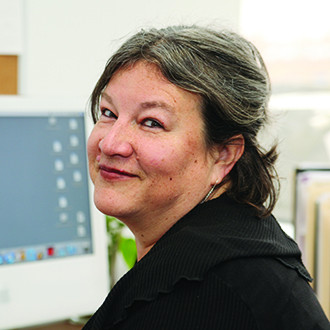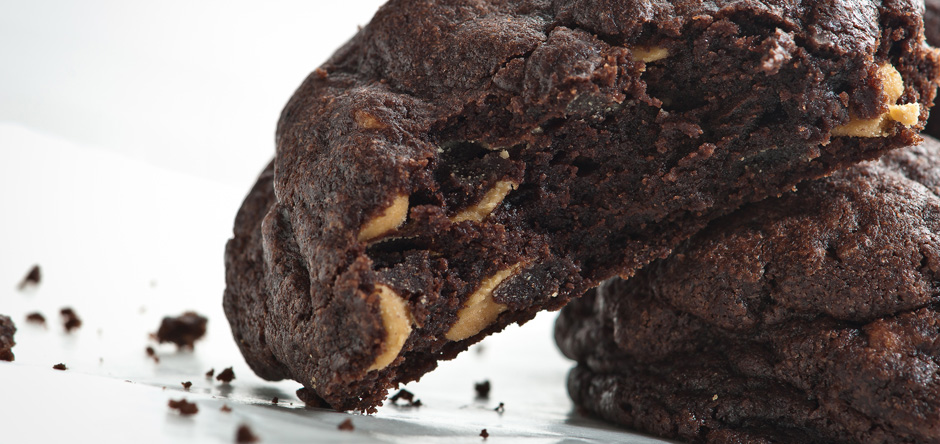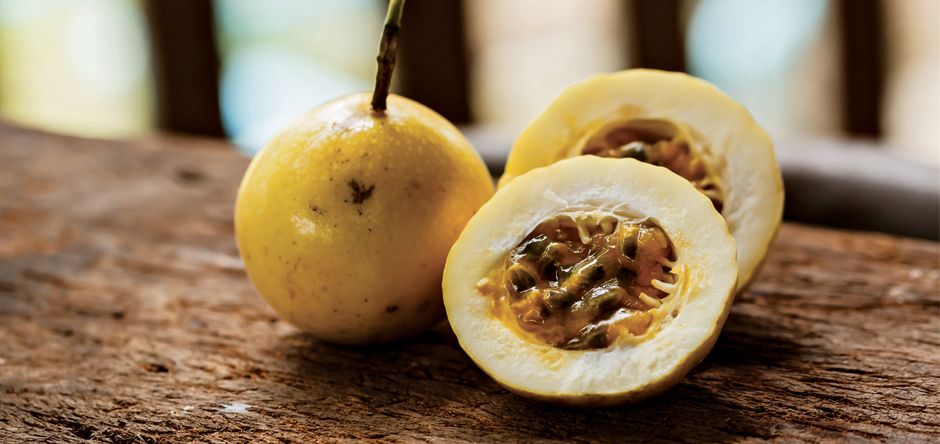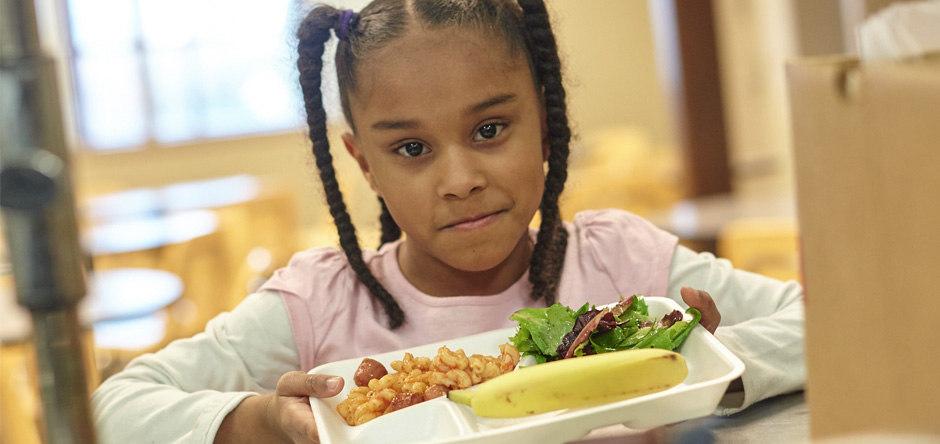Photographs by Bob Rozycki.
Among food enthusiasts, The Culinary Institute of America’s reputation as a premier training ground for some of the region’s — and the world’s — leading chefs, restaurant owners and food professionals is undisputed.
And for those like us, lucky enough to be within driving distance of this Hudson Valley landmark, the CIA in Hyde Park is a treasure trove of culinary resources just waiting to be discovered.
The options are plentiful, designed to suit a variety of skills, interests and tastes (pun fully intended).
For many, the introduction to the 170-acre campus overlooking the Hudson River comes through dining at one of its restaurants. Students staff both kitchens and dining rooms, where menu options range from the Hudson Valley’s finest, showcased in the American Bounty Restaurant, to the classics of French and Italian cuisine — and most everything in between.
A casual option is the Apple Pie Bakery Café, where you can order up a few of the signature Canelés de Bordeaux pastry. (Yes, students make up a good part of the line, as one assures us on a recent visit, “It’s that good.”).
There are countless other ways to interact with the school, where students in chef whites dot the hallways and classrooms.
Take a student-led campus tour for an overview, for example. Jeff Levine, the CIA’s communications director, served as WAG’s guide on a recent sunny day.
Right away, you realize you’re in heady company. Within moments of entering stately Roth Hall, you not only spot a sign announcing the commencement address to be delivered by Jacques Pépin, but recognize Waldy Malouf just steps way. (The noted chef, restaurateur and author joined the staff of his alma mater a few years ago).
SERVING UP SUCCESS
Over a few hours, WAG will peek into classroom and kitchen, food science course and restaurant, theater and office. It’s all part of a storied past.
The CIA, the first and oldest culinary college in the country, was founded in 1946 in New Haven, eventually growing beyond its borders and settling into its main Hyde Park campus, a former Jesuit novitiate, in 1972.
From baking and pastry arts to culinary science, bachelor’s and associate’s degrees are specialized — and well-earned.
The education emphasizes hands-on training, which is completed in more than 40 kitchens and bakeshops, four public restaurants, demonstration theaters and an extensive culinary library. The faculty of more than 170 chef-instructors has wide-ranging cultural and culinary backgrounds with experiences in restaurants, hotels and resorts. This main campus, along with others in California, Texas and Singapore serve nearly 3,000 students from 30-plus countries, Levine says.
It’s a tradition that’s produced many a mover and shaker in the food world, from Steve Ells, founder of blockbuster chain Chipotle Mexican Grill, to marquee television personalities and chefs such as Anthony Bourdain, Cat Cora, Michael Chiarello, Michael Symon and Duff Goldman.
STUDENT DAYS (AND NIGHTS)
In an amphitheater-style classroom, we get a sneak peek at a student test. They’ll be asked to identify random vegetables and discuss their properties, lessons necessary for when they must order their own produce.
“We don’t want to spoon feed them. We give them a lot of information, but we want them to do it on their own,” says culinary arts professor Elizabeth Briggs.
Students will study wine and breakfast menus, high-volume cookery and knife sharpening. In one kitchen, culinary arts professor Thomas Kief is demonstrating “the flavor profiles, the ingredients” of “The Cuisines of the Americas.” Moments later, we’re offered a handcrafted chocolate — yes, please — as students take instruction from bakery and pastry arts professor Peter Greweling.
Bakeries operate round-the-clock. Students in the restaurants are learning, Levine shares, everything from how to carry three plates to “how to welcome someone as a guest, not just a customer.”
“For most of the students, hospitality comes naturally,” he adds.
That’s more than evident as Levine hosts WAG for lunch in The Bocuse Restaurant, a meal that gets off to a stellar start with a bowl of sublime spring pea soup dotted with Jonah crab.
Student after gracious student attends to our every need, from refilling the water glass to offering bread. We’ll end the meal utterly transfixed by Jason Blais, a student from Southington, Conn., (under the watchful eye of Philip Papineau, assistant professor in hospitality and service management) who uses liquid nitrogen to dramatically kickstart a hand-churned creation of lavender ice cream.
We’ll go on to see the expanding Student Center, hear all about the upcoming craft brewery (soon to open in collaboration with Brooklyn Brewery) and the extensive library.
BEYOND THE RESTAURANTS
The bucolic setting also hosts Boot Camps, two- to five-day courses dedicated to everything from skill development to hors d’oeuvres to grilling and BBQ.
Sounds serious, no?
Actually, no, says Brad Barnes, director of CIA Consulting & Industry Programs.
“It’s a very nonthreatening environment, if you will,” the White Plains resident says. “We don’t want you to be nervous.”
These in-depth experiences have attracted those celebrating birthdays, family reunions or even corporate events.
“It’s team-building, fun, interesting… a kind of different way to spend time together,” Barnes adds. “We really do get a myriad of people here for different reasons.”
Outreach includes Taste magazine, which not only details Boot Camp and one-day or one-session offerings such as Saturday Kitchens (from “Artisan Breads at Home” to “Spain and the World Table”) and charity dining events but offers features and recipes.
Nancy Collazo, director of consumer marketing and a Danbury resident, says the CIA works hard to create events that resonate.
“Coming here to take a class will change your life,” she says, confident there is an audience that will connect.
It’s like the banners scattered throughout the campus proclaim: “Food is life. Create and savor yours.”
For more, visit ciachef.edu.

